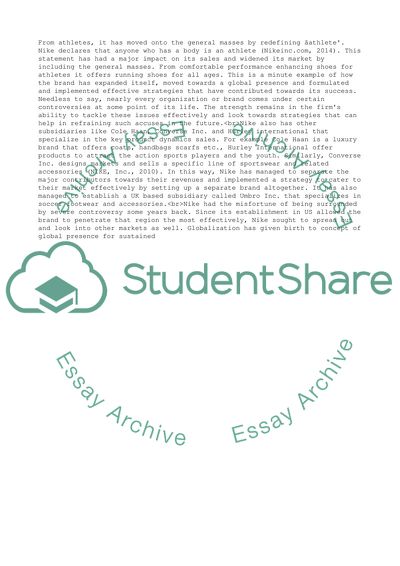Cite this document
(International Human Resource Management Coursework Essay, n.d.)
International Human Resource Management Coursework Essay. https://studentshare.org/human-resources/1814398-international-human-resource-management-coursework
International Human Resource Management Coursework Essay. https://studentshare.org/human-resources/1814398-international-human-resource-management-coursework
(International Human Resource Management Coursework Essay)
International Human Resource Management Coursework Essay. https://studentshare.org/human-resources/1814398-international-human-resource-management-coursework.
International Human Resource Management Coursework Essay. https://studentshare.org/human-resources/1814398-international-human-resource-management-coursework.
“International Human Resource Management Coursework Essay”. https://studentshare.org/human-resources/1814398-international-human-resource-management-coursework.


